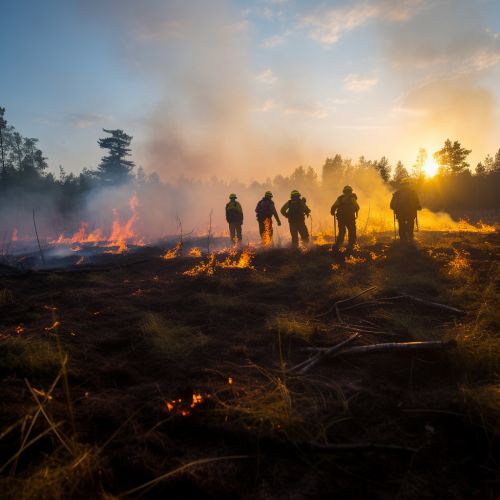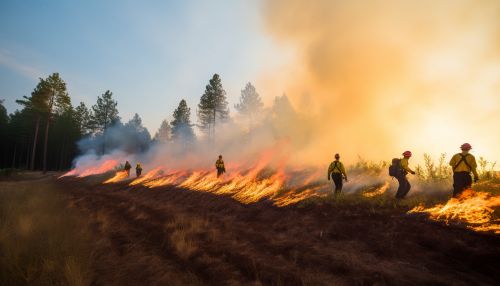Biological Mechanisms of Plant Response to Fire
Introduction
Fire is a common disturbance in many ecosystems worldwide. Plants have evolved a variety of strategies to survive and reproduce following fire, and these strategies can have profound effects on community structure and dynamics. Understanding the biological mechanisms of plant response to fire is crucial for predicting changes in plant communities and ecosystems in response to changes in fire regimes.
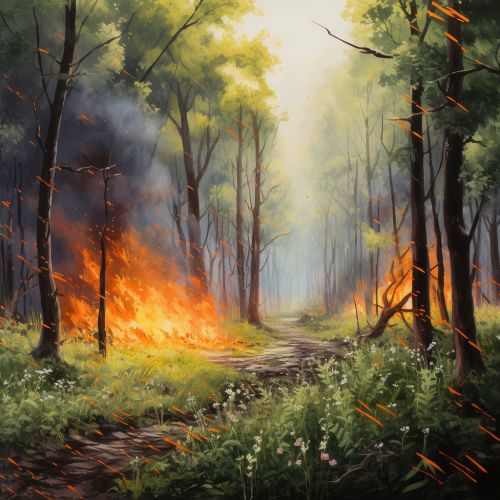
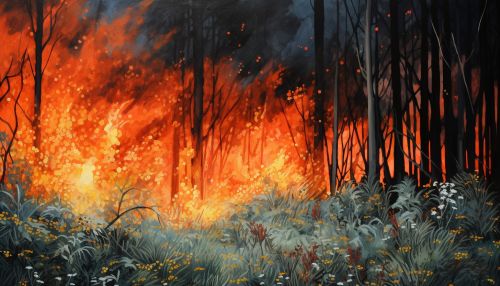
Fire as a Selective Pressure
Fire exerts a strong selective pressure on plant communities. It can directly kill plants, but it can also create opportunities for growth and reproduction by removing competitors and freeing up resources. The frequency, intensity, and timing of fires can vary greatly, leading to a wide range of plant responses.
Plant Adaptations to Fire
Plants have evolved a variety of adaptations to survive and reproduce in fire-prone environments. These adaptations can be broadly categorized into two types: fire tolerance and fire avoidance.
Fire Tolerance
Fire tolerance refers to a plant's ability to survive and recover from fire. This can be achieved through a variety of mechanisms, including:
- Resprouting: Some plants can resprout from underground organs such as rhizomes, bulbs, or roots after a fire. This allows them to quickly reestablish themselves and take advantage of the resources freed up by the fire.
- Serotiny: Some plants produce seeds that are released in response to the heat or smoke of a fire. This ensures that the seeds are dispersed at a time when competition and predation are likely to be reduced.
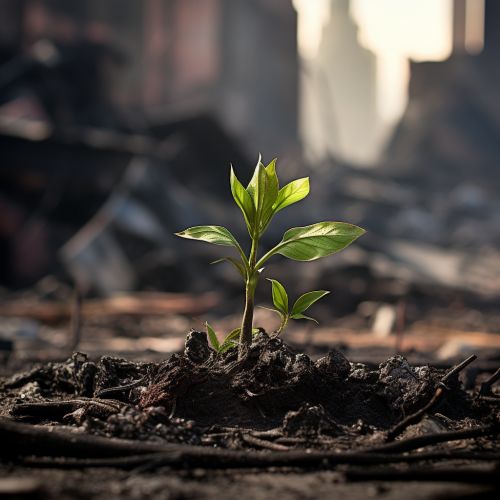

Fire Avoidance
Fire avoidance refers to strategies that reduce a plant's likelihood of being killed by a fire. These can include:
- Fire-resistant bark: Some trees, such as many species of Eucalyptus, have thick, insulating bark that protects the living tissues of the tree from the heat of a fire.
- Self-pruning: Some plants shed their lower branches as they grow, reducing the amount of fuel available for a fire and making it less likely that the fire will reach the canopy.
Plant-Fire Interactions
The adaptations of plants to fire can in turn influence the fire regime. For example, plants that resprout quickly after a fire can provide fuel for future fires, potentially increasing fire frequency. Similarly, plants that produce large amounts of highly flammable litter can increase fire intensity.


Implications for Management and Conservation
Understanding the biological mechanisms of plant response to fire is crucial for managing and conserving fire-prone ecosystems. For example, prescribed burning can be used to mimic natural fire regimes and maintain the diversity and health of plant communities. Conversely, fire suppression can lead to changes in plant communities and increase the risk of high-intensity fires.
